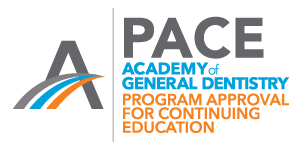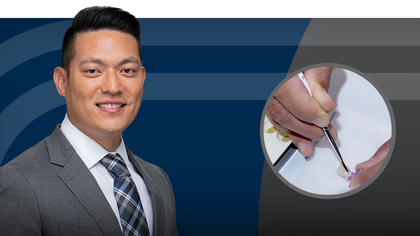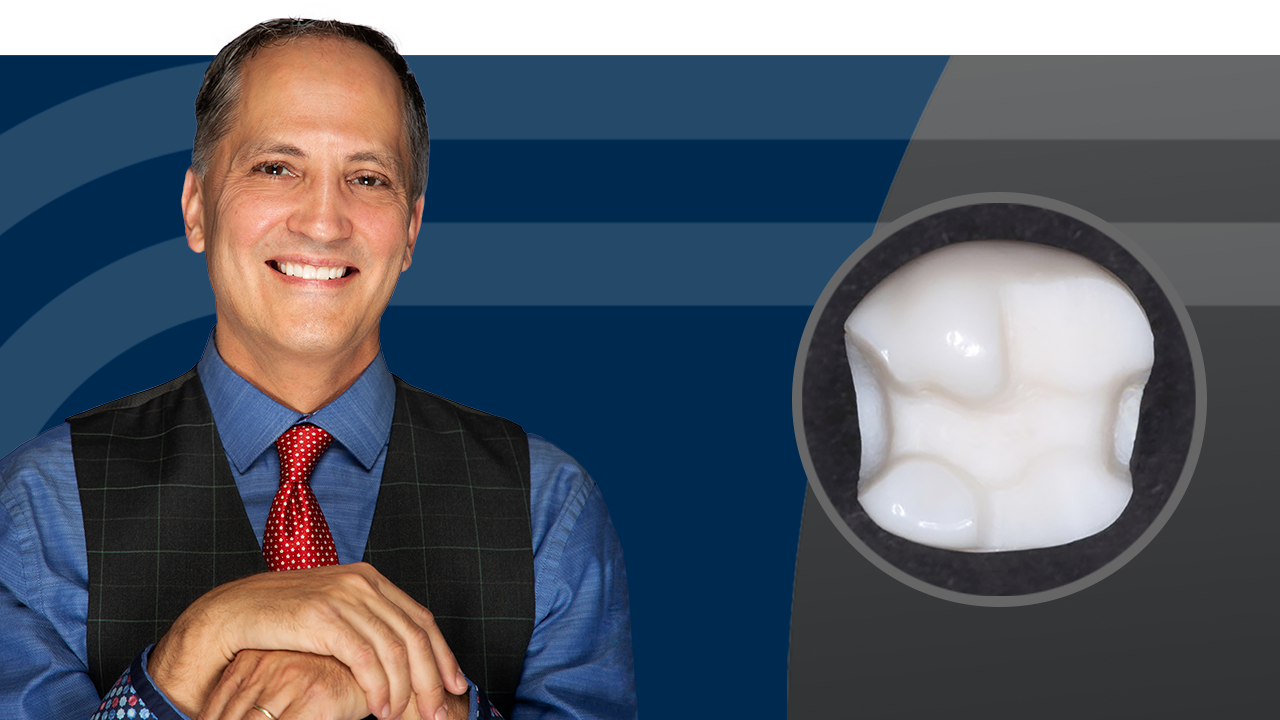- Describe how conservative tooth preparations can lead to better restorations and long-term tooth health
- Synthesize a tooth preparation process to yield the most conservative restoration for a given tooth condition
- Discuss how a CAD/CAM design system can be used as a quality check for conservative tooth preparations
Prevent Enamel Cruelty: Conservative Tooth Preparation for Bonded Indirect Restorations
Course Objectives
1.5 CE Credits
For many clinical situations, full-coverage crowns are no longer the best choice for treating posterior teeth. Thanks to CAD/CAM technology, high-quality bonded indirect restorations can be fabricated in-office in one patient visit. This evidence-based course will present protocols for conservative posterior tooth preparations that lead to better clinical outcomes for CAD/CAM restorations, are more enjoyable to perform and most importantly, prevent enamel cruelty!
Learning Objectives
Recognition & Approval

Glidewell Education Center
Nationally Approved PACE Provider for FAGD/MAGD credit
Approval does not imply acceptance by any regulatory authority, or AGD endorsement. 3/1/2024 to 2/29/2028.
Provider ID# 216789
-
 Online CE CourseNext-Level Chairside Esthetics: Customizing Restorations with Stain, Glaze, and Finishing TechniquesIn this course, Dr. Justin Chi demonstrates how to elevate chairside restorations using advanced staining, glazing, and finishing techniques for monolithic restorations.
Online CE CourseNext-Level Chairside Esthetics: Customizing Restorations with Stain, Glaze, and Finishing TechniquesIn this course, Dr. Justin Chi demonstrates how to elevate chairside restorations using advanced staining, glazing, and finishing techniques for monolithic restorations. -
 Online CE CourseEsthetic Veneer Preparations: From No Prep to Full PrepIn this course, Dr. Danielle Brown provides a practical overview of veneer preparation techniques from no-prep, minimal-prep and traditional-prep veneers with step-by-step protocols.
Online CE CourseEsthetic Veneer Preparations: From No Prep to Full PrepIn this course, Dr. Danielle Brown provides a practical overview of veneer preparation techniques from no-prep, minimal-prep and traditional-prep veneers with step-by-step protocols. -
 Online CE CourseBonding and Temporizing Protocols: Tips for VeneersIn this course Dr. Danielle Brown offers practical guidance on veneer temporization and bonding techniques to improve patient comfort and clinical outcomes.
Online CE CourseBonding and Temporizing Protocols: Tips for VeneersIn this course Dr. Danielle Brown offers practical guidance on veneer temporization and bonding techniques to improve patient comfort and clinical outcomes.




